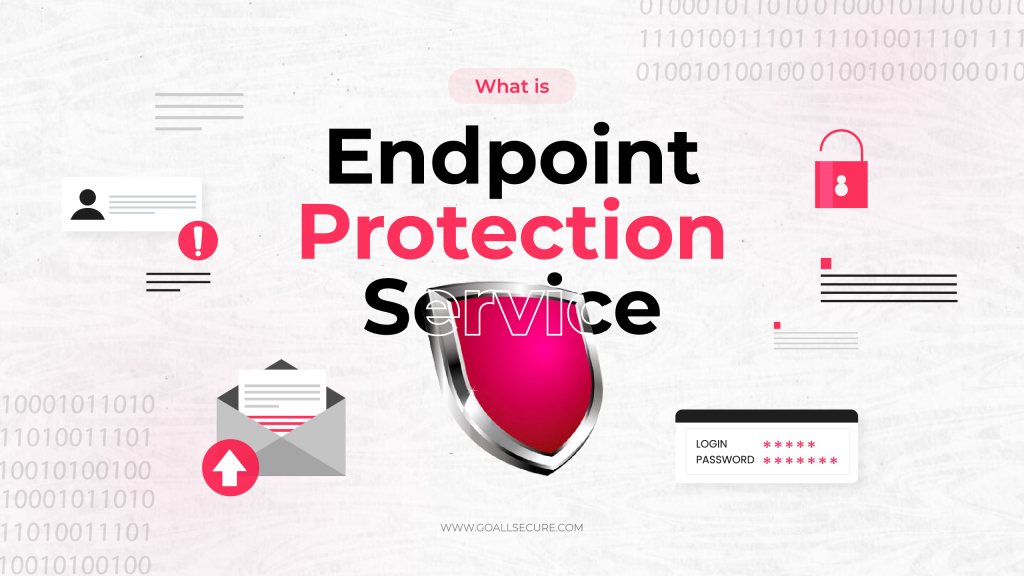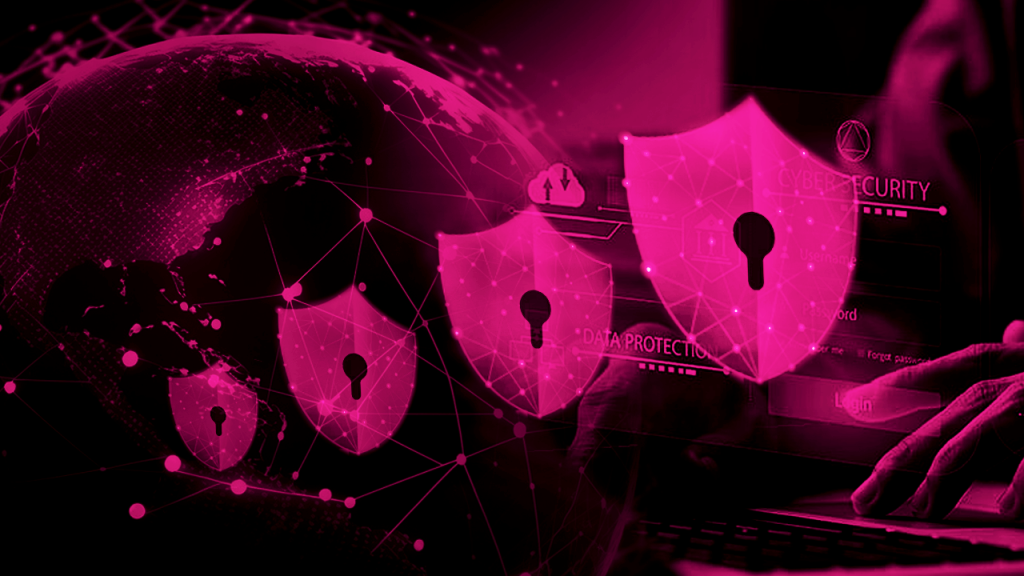It was just years ago that we heard of the major cyber attacks, and much later came the reinforcements to ward off these evil hackers. But, as it is said, better late than never, cyber security justified it. Like every other invention, cyber security was born out of the necessity to protect. You might ask, protect what? Well, the newly blooming world of the internet. People were already sceptical of letting it into their lives, and cyber threats would have stopped the technology far before it could become a household name/requirement. So came to the rescue the biggest invention of cybersecurity. In this blog, we will track down the origin and development of modern-day cyber security practices.
The Brewing of the Trouble (1940s to 1950s)
The history of cyber security is relatively new and is being written as we continue to ascend into the future. But it all didn’t begin the way it is going on currently. There was no big cyber attack that brought about the advent of cybersecurity; rather, it was a slow process that grew into a massive security threat. The early days of cyber threats, specifically the 1950s, looked more like phone phreaks than modern-day attacks. They were more focused on paying fewer phone bills and making free calls.
The time between the 1940s and 1960s was when few people knew about computers and only a handful of those people had access to them. So the threat of cyber crime was almost nonexistent. It was John von Neumann, the computer pioneer, who in 1949 first mentioned the concept of a virus, which today is a big cyber attack. The idea then was that a computer program could self-replicate and create its copies. This was the era we can call cyber crime free or maybe it was exactly at this moment that cyber crime took birth.
The Rise of an Era of Worms (1970s to 1980s)
It was in the 1970s when ARPANET was used and the base for modern-day ‘internet’ was being built. This was the first instance of connectivity between computers. And it did not take long before this discovery was misused by the CREEPER. A computer program named Creeper was developed by researcher Bob Thomas. This program was able to move throughout the ARPANET network while leaving a breadcrumb trail behind it. As an answer to this, a program called Reaper was created by Ray Tomlinson, the creator of email, and it chased and removed Creeper. Reaper, the first computer worm ever, was also the first instance of antivirus software and the first self-replicating application.
Viruses Started to Affect Computers (1980s to 1990s)
In the 1980s, cyber attacks were making headlines, and this was when commercial antivirus software took birth. There were more high-profile attacks, such as those at the National CSS, AT&T, and Los Alamos National Laboratory. In the same year, the names “Trojan Horse” and “computer virus” were first used. The danger of cyber espionage grew throughout the Cold War. You could say that the history of computer crime took off in this decade.
In 1987, the first instances of cybersecurity appeared. Several people asserted that they developed the first antivirus program, like NOD antivirus, the Ultimate Virus Killer (Malware Virus Killer), McAfee VirusScan, etc. The introduction of Anti4us and Flushot Plus in 1987 heralded the start of the commercial antivirus software industry.
Antiviruses Gained Popularity, and the World was Online (1990s to 2000s)
From the 1990s to the 2000s, the internet experienced enormous growth and development, and the cybersecurity industry grew concurrently. More people started posting their personal information online as the internet became more widely used. As a possible source of income, organised crime groups began stealing data from citizens and governments online. Risks from polymorphic viruses emerged. The first polymorphic virus was created in 1990 and was intended to evade detection, making it more difficult for computer users to be aware of its presence.
The first anti antivirus programme was created by online hackers to get around these software applications. Additionally, macro viruses were first discovered this year. More dangerous threats were on the way, including the ILOVEYOU virus, Melissa, the trojan DiskKiller, etc. It increased the difficulties and necessitated immediate antivirus software advancements.
By the middle of the 1990s, network security threats had grown tremendously, necessitating the mass production of firewalls and antivirus software to safeguard users.
Multiple Threats and the Rise of Hacker Groups (2000s To 2010s)
Cyber warfare and corporate espionage were eminent threats. There was so much to destroy and so much to lose at the same time. A new method of infection emerged in 2001; users no longer needed to download files; simply viewing an infected website was sufficient since malicious actors swapped out clean pages for infected ones or “hid” malware on trustworthy websites. Zero-day attacks gained popularity because they took advantage of ‘holes’ in security procedures for new software and applications, making antivirus less effective. State-sponsored cyberattacks gained prominence during this decade.
The 2010s saw a number of significant breaches and too many massive leaks. A few noteworthy occurrences included: Facebook’s data breach that exposed data from more than 500 million users. At this time, the first hacker group also came into being. The two most well-known were Anonymous and the Church of Scientology. In the 2000s, there also emerged credit card hacks.
All through the turmoil, cyber security too kept growing, and new detection techniques were created. Unprecedented threats need new answers, which include: Computer forensics, Social engineering, multi-factor authentication, backup and mirroring, real-time protection, multi-vector attacks, Sandboxing, Web application firewalls, Threat intelligence and updated automation, Network Behavioural Analysis (NBA), etc.
The Pandemic and Craftiest Scams: The Present Day
The COVID-19 pandemic led to an increase in cyber threats as remote work became the norm. Cybercriminals exploited vulnerabilities in remote access systems and launched phishing campaigns related to the pandemic. It is hardly a surprise that there were several high-profile security breaches throughout 2020 in different businesses. A few instances include the hacking of multiple celebrity Twitter accounts, the successful SolarWinds supply chain vulnerability, the Marriot hack that allowed unauthorised access to the data of roughly 5.2 million hotel guests, etc.
Today, cybersecurity has grown into a crucial component of digital infrastructure. Organisations employ a range of security measures, including firewalls, encryption, intrusion detection systems, and vulnerability management. Additionally, emerging technologies such as artificial intelligence and machine learning are being leveraged to detect and respond to cyber threats in real time.
Cyber Security and the Legislation Surrounding Cyber Crimes
It wasn’t just the attacks and cybersecurity that grew, but the laws for such crimes also became a serious matter because, with each passing year, malicious actors were becoming fearless and more and more destructive. There was a strong need for legislation that could put the miscreants behind bars and restore harmony and calm. Security of any kind needs the support of legislation to uphold the peace. Once cybersecurity found its footing, with it came the laws and regulations to defend the victims of cyber fraud and punish the offenders. Here is a list of major cyber security regulations that are globally acknowledged:
- Computer Fraud and Abuse Act (CFAA) – United States (1986)
- Data Protection Directive (95/46/EC) – European Union (1995)
- Health Insurance Portability and Accountability Act (HIPAA)
- Gramm-Leach-Bliley Act (GLBA) – United States (1999)
- Sarbanes-Oxley Act (SOX) – United States (2002)
- General Data Protection Regulation (GDPR) – European Union (2018)
- California Consumer Privacy Act (CCPA) – United States (2020)
- Network and Information Security Directive (NIS Directive) – European Union (2016)
- Cybersecurity Law – China (2017)
These were just a few examples of cyber security laws and international legislation, and there are many more in different countries and regions.
Cybersecurity found its footing with every increased threat, and currently, it looks more offensive along with the defensive mechanisms. Cybersecurity specialists at GoAllSecure are working to keep ahead of notorious threat actors and keep the online world well-protected. We are well prepared to protect you and your business from cyber attacks. We have a bona fide offensive approach to identifying threats and vulnerabilities to defend you. For more information about us, kindly visit us at https://www.goallsecure.com/ or call on +91 85 2723 7851 or +44 20 3290 4885.

















 TRAVEL & HOSPITALITY
TRAVEL & HOSPITALITY HEALTHCARE
HEALTHCARE RETAILS & ECOMMERCE
RETAILS & ECOMMERCE BANKING & FINANCIAL
BANKING & FINANCIAL AutoMobile
AutoMobile MANUFACTURING
MANUFACTURING FOOD
FOOD EDUCATION
EDUCATION



